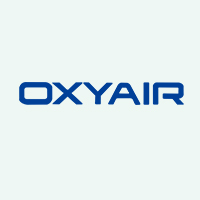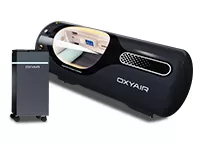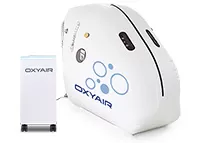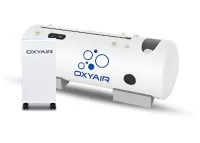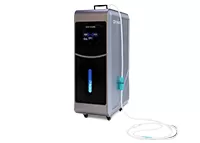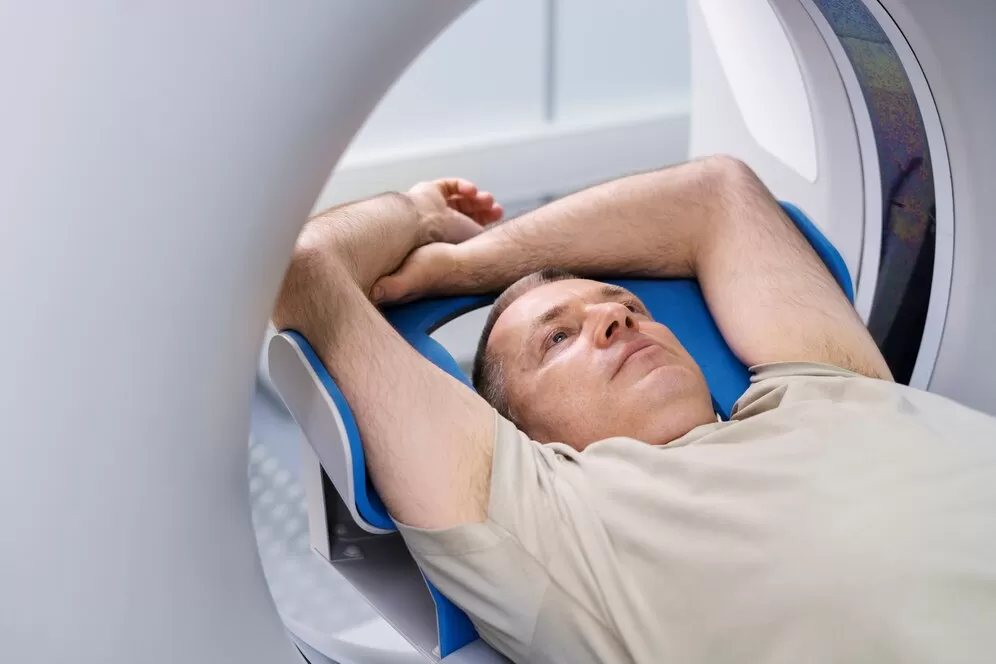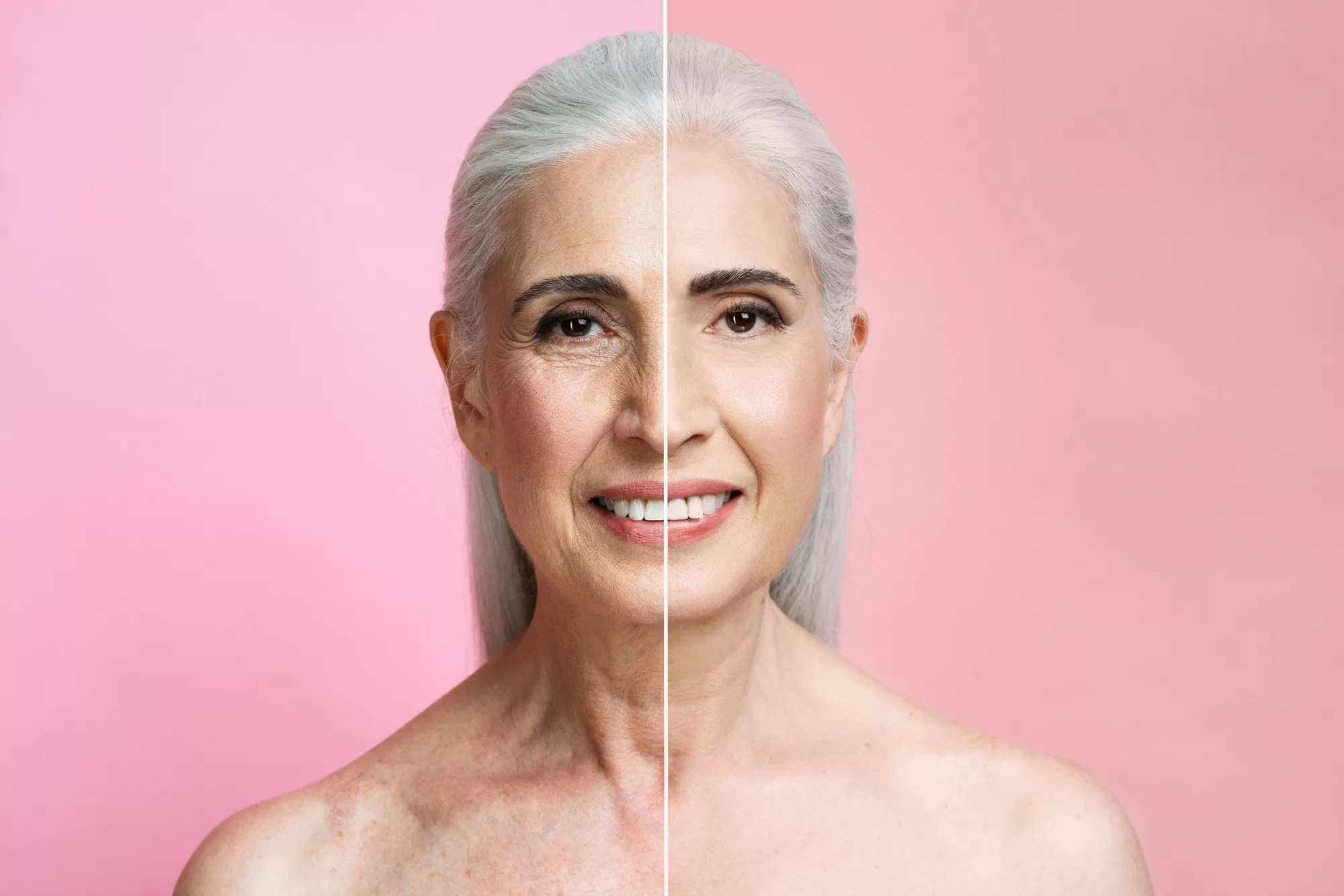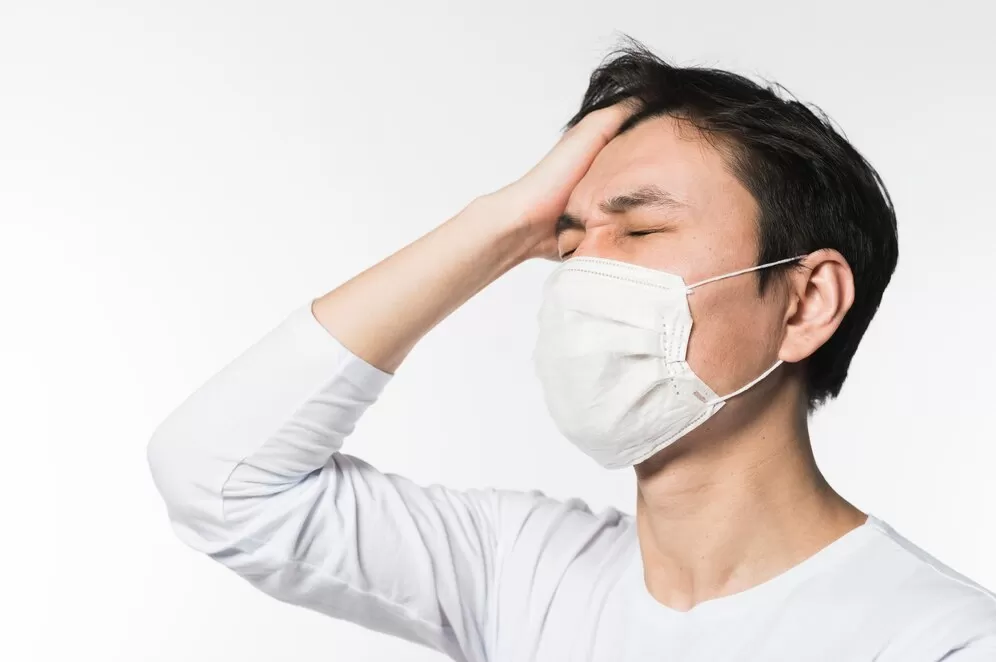Does hyperbaric help with COPD
Understanding COPD: What is it?
According to the Centers for Disease Control and Prevention (CDC), chronic obstructive pulmonary disease (COPD) is the third leading cause of death in the United States, affecting approximately 16 million people. Globally, COPD is the fourth leading cause of death. In 2021, COPD caused approximately 3.5 million deaths, accounting for 5% of all deaths worldwide. Nearly 90% of COPD deaths in people under 70 years old occur in low- and middle-income countries.
Chronic obstructive pulmonary disease (COPD) is a common chronic lung disease that causes airflow obstruction and difficulty breathing. The disease usually includes two main types: emphysema and chronic bronchitis. In people with COPD, the lungs may be limited in function due to tissue damage or sputum accumulation. Typical symptoms include a long-term cough (sometimes with sputum), shortness of breath, wheezing, and fatigue.
Smoking and long-term exposure to air pollution are the main causes of COPD. In addition, the disease increases the risk of other health problems. Although there is currently no cure for COPD, symptoms can be effectively relieved by quitting smoking, reducing exposure to air pollution, and getting vaccinated to prevent infection. In addition, drug therapy, oxygen therapy, and pulmonary rehabilitation training are also common management methods that help improve patients' quality of life.
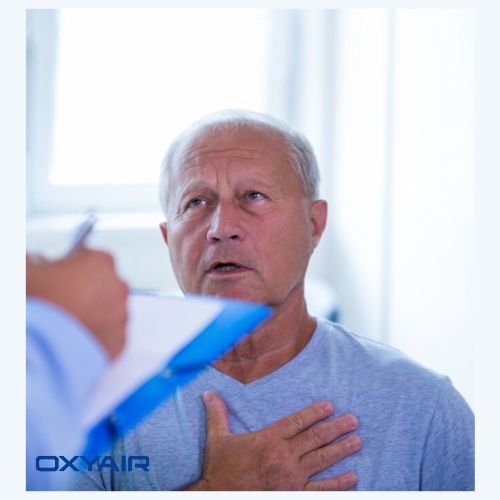
Symptoms of COPD patients
Symptoms of COPD patients usually vary with the severity of the disease. The main symptoms include:
Chronic cough:
It may be mild initially and worsen as the disease progresses, especially in the morning. Coughing may be the body's way of clearing respiratory secretions.
Expectoration: Patients often cough up yellow or clear mucus, which is more obvious in the morning. The amount and color of sputum may vary depending on the infection.
Dyspnea:
This is the main symptom of COPD. In the early stage, it may only occur during strenuous activities. As the disease worsens, you may feel breathless even during daily activities.
Wheezing:
A wheezing sound that may be heard when breathing, especially when exhaling, is caused by the narrowing of the airways.
Fatigue:
Patients may feel persistent tiredness and weakness due to lack of oxygen.
Recurrent respiratory infections include colds, flu, and pneumonia because COPD patients have a reduced ability to clear pathogens.
Weight loss:
Long-term dyspnea and energy consumption may lead to weight loss.
Carbon dioxide retention:
It may cause morning headaches and decreased cognitive function.
Decreased activity tolerance:
Simple daily activities such as dressing and climbing stairs may become difficult.
Late-stage symptoms:
In the late stages of the disease, patients may experience severe breathlessness even at rest and their quality of life may be significantly reduced.
HBOT and COPD
What is HBOT
Hyperbaric oxygen therapy is a medical procedure that uses a special device, a hyperbaric oxygen chamber, to allow patients to breathe pure or highly concentrated oxygen at a pressure higher than one atmosphere. This treatment is designed to increase the partial pressure of oxygen in the blood and tissues, thereby promoting the transport and utilization of oxygen and accelerating the body's natural healing process.
The principle of hyperbaric oxygen therapy is based on increasing blood oxygen saturation, which helps improve hypoxia, reduce tissue damage, promote new blood vessel formation, enhance immune function, and has an auxiliary therapeutic effect on a variety of diseases.
Benefits of Hyperbaric Oxygen Chambers for COPD
The principle of hyperbaric oxygen chamber treatment for chronic obstructive pulmonary disease (COPD) is mainly based on increasing the oxygen saturation in the blood to overcome the oxygen exchange disorder caused by airway obstruction in COPD patients. Here are a few key points of treatment:
Increasing blood oxygen levels:
In the hyperbaric oxygen chamber, patients breathe pure oxygen or high-concentration oxygen at a pressure higher than atmospheric pressure. This environment allows more oxygen to be carried per unit volume of blood, ensuring that body tissues receive adequate oxygen supply even when lung function is impaired.
Improving lung ventilation and blood flow:
COPD patients have inflammation, airway stenosis, and emphysema in their lungs, which affect the effective exchange of oxygen. Hyperbaric oxygen therapy can indirectly promote lung microcirculation by increasing the partial pressure of oxygen in the blood, helping oxygen bypass damaged alveoli and reach the blood.
Reducing inflammation and oxidative stress:
Although hyperbaric oxygen itself may produce more reactive oxygen species (ROS), a moderate amount of ROS may help regulate immune responses and reduce chronic inflammation in the short term, it needs to be controlled in the long term to avoid side effects.
Promote lung repair:
Increased oxygen supply helps repair and regenerate cells. For COPD patients, this may mean slowing the rate of decline in lung function or improving systemic complications caused by hypoxia. Enhance immune function: Hyperbaric oxygen therapy can enhance the activity of immune cells, help clear pathogens and damaged cells, and is beneficial for fighting infection and promoting tissue recovery.
Types of COPD patients suitable for hyperbaric oxygen chambers
The types of chronic obstructive pulmonary disease (COPD) patients suitable for hyperbaric oxygen chamber treatment are mainly those individuals with severe hypoxia. Specifically, they include but are not limited to the following situations:
Persistent hypoxemia:
COPD patients with arterial oxygen partial pressure (PaO2) ≤55 mmHg or blood oxygen saturation (SpO2) ≤88% at rest under conventional treatment may benefit from hyperbaric oxygen therapy to improve hypoxia.
Acute exacerbation:
When COPD patients experience acute exacerbation, resulting in severe dyspnea and significant hypoxemia, hyperbaric oxygen therapy can be used as an adjuvant to help relieve symptoms.
Severely impaired lung function:
For patients whose lung function tests show severe obstruction and conventional treatment is ineffective, hyperbaric oxygen therapy may help improve the quality of life.
Complications:
COPD patients with pulmonary hypertension, right heart failure or polycythemia, because these complications will further affect the transport and utilization of oxygen. Hyperbaric oxygen therapy can be used as an adjuvant treatment to reduce the impact of these complications.
Special conditions:
In some cases, such as preparing for surgery or other medical needs, COPD patients who need to improve blood oxygen levels in a short time may also consider using hyperbaric oxygen therapy.
It is worth noting that although hyperbaric oxygen therapy is beneficial for certain COPD patients, it is not suitable for all COPD patients. Before treatment, a comprehensive evaluation must be conducted by a professional doctor to ensure that there are no contraindications, such as uncontrolled pneumothorax, certain types of ear or eye diseases, etc., to ensure the safety and effectiveness of the treatment.
Precautions for COPD patients using hyperbaric oxygen chambers
COPD patients in the following situations should avoid or use the hyperbaric oxygen chamber with caution:
Severe bullae:
Patients with bullae are prone to rupture in a high-pressure environment, leading to pneumothorax and endangering their lives.
Uncontrolled asthma or respiratory failure:
Patients with severe respiratory dysfunction may not be able to adapt to the hyperbaric oxygen environment and need to be evaluated by a doctor before deciding whether to use it.
Recent history of pneumothorax:
Patients with pneumothorax are prone to relapse or worsening of their condition in a hyperbaric oxygen environment.
Ear and sinus diseases:
Patients with sinusitis, otitis media, etc. may have their condition aggravated or experience pain due to pressure changes.
Uncontrolled hypertension or cardiovascular disease:
Patients with hypertension or heart disease need to use it with caution under the guidance of a doctor to prevent a sudden increase in blood pressure or heart discomfort.
Pregnancy:
Although there is no conclusive evidence that hyperbaric oxygen is harmful to the fetus, pregnant women still need to be cautious when using the hyperbaric oxygen chamber and it is recommended to consult a doctor.

